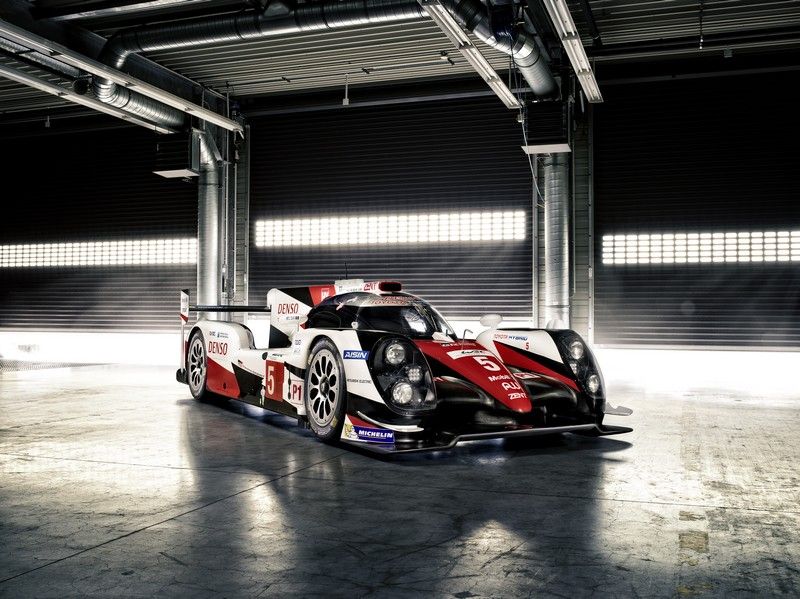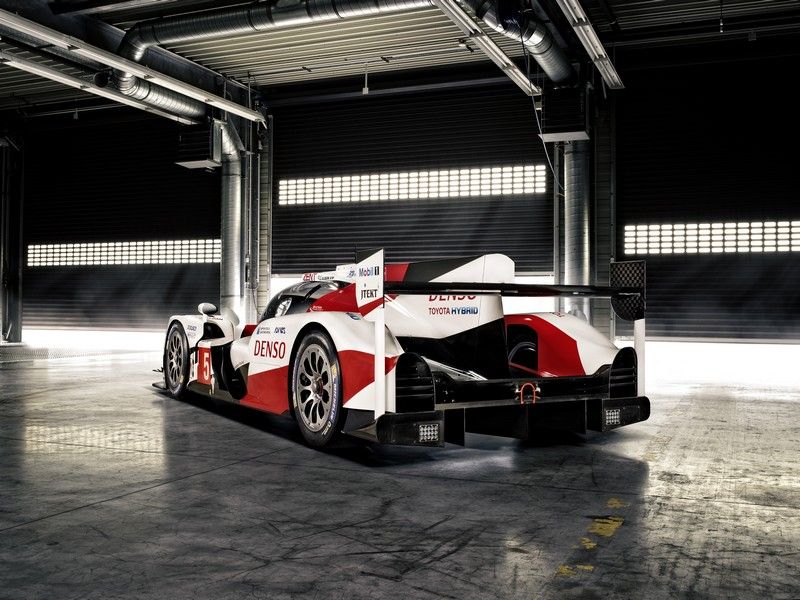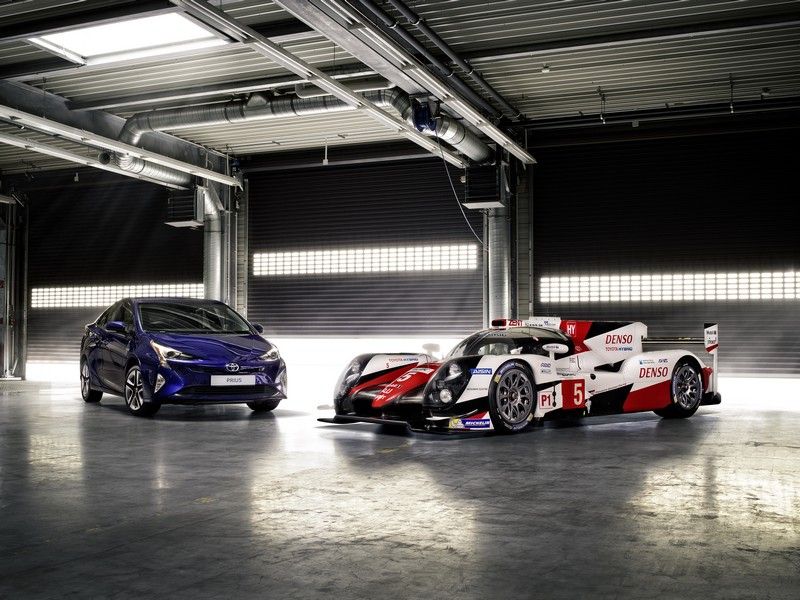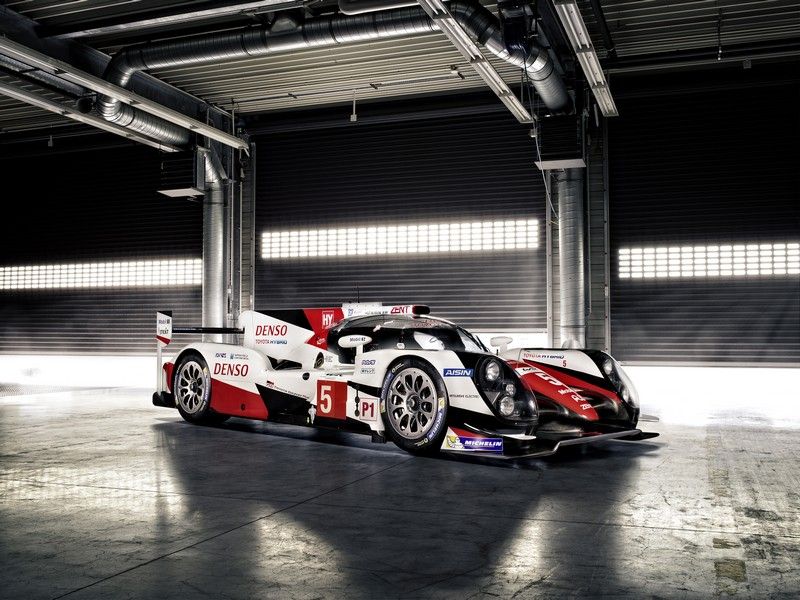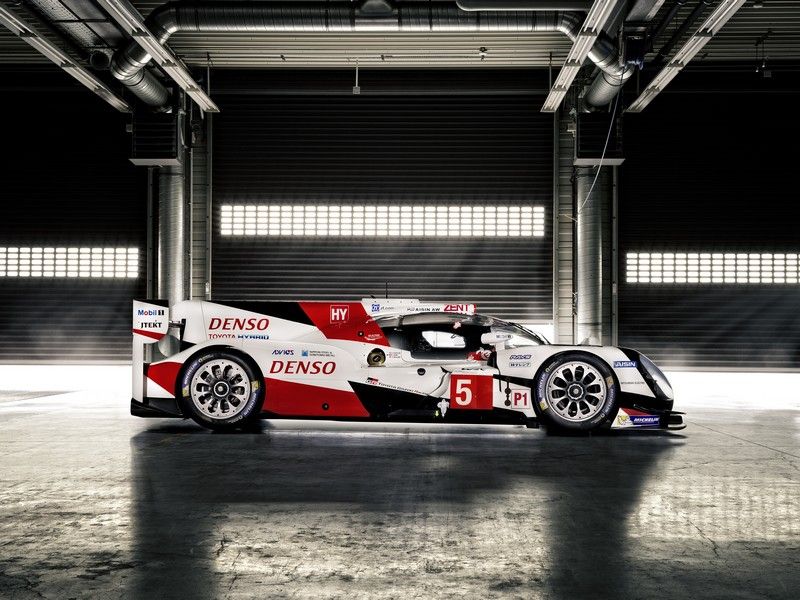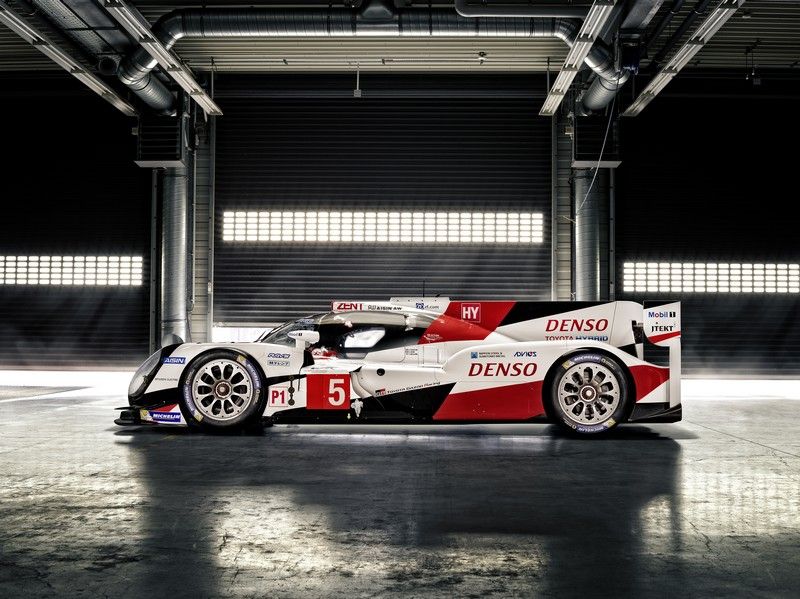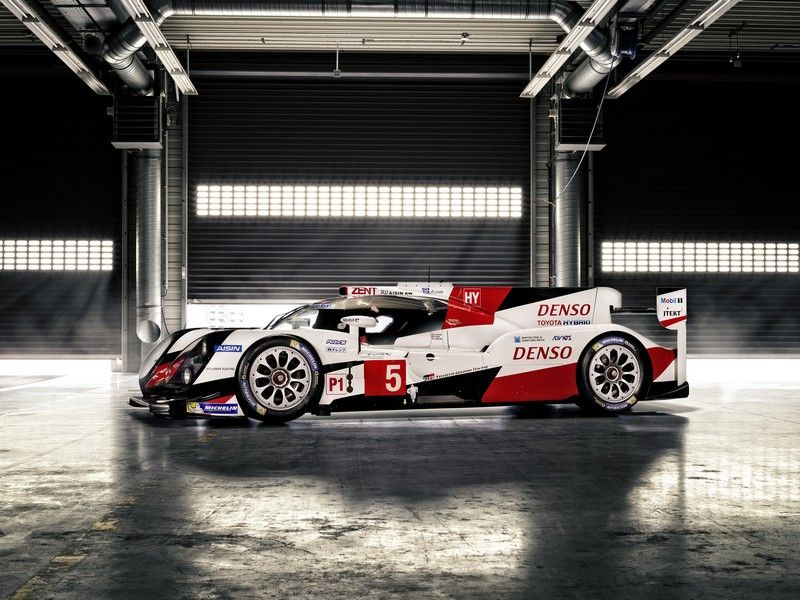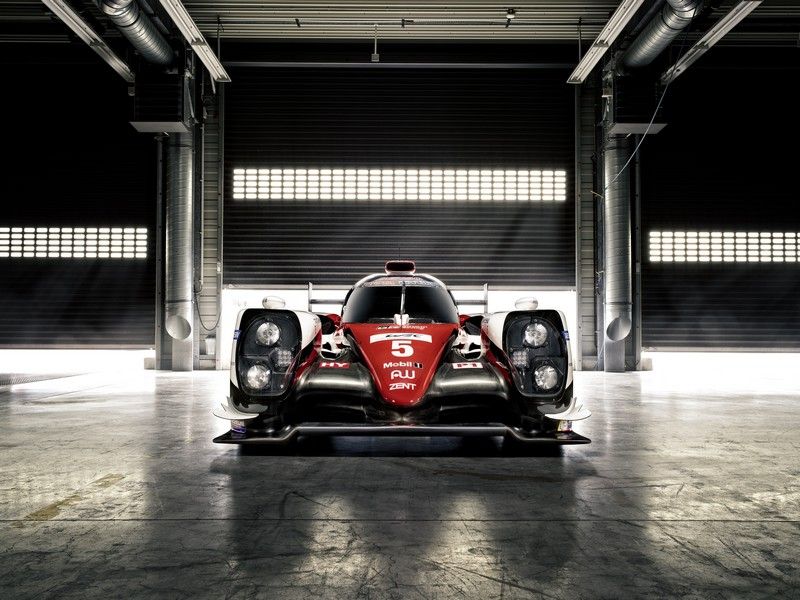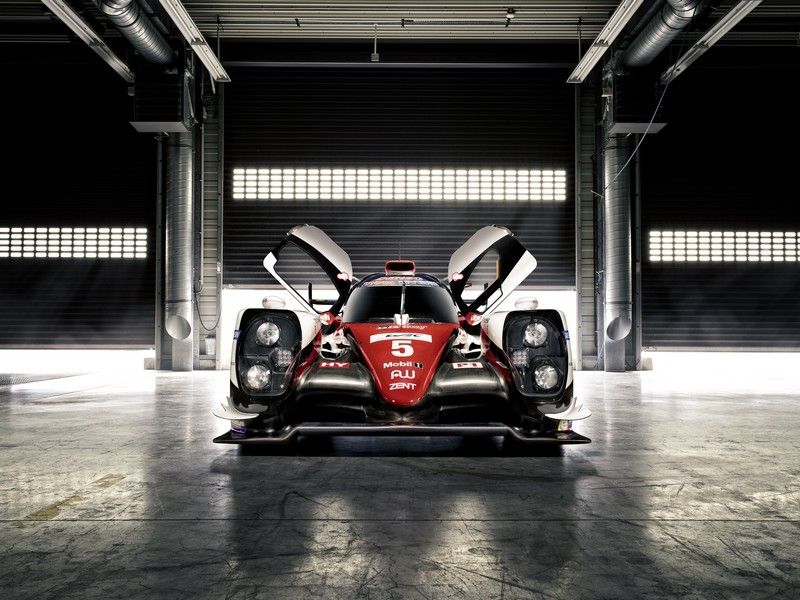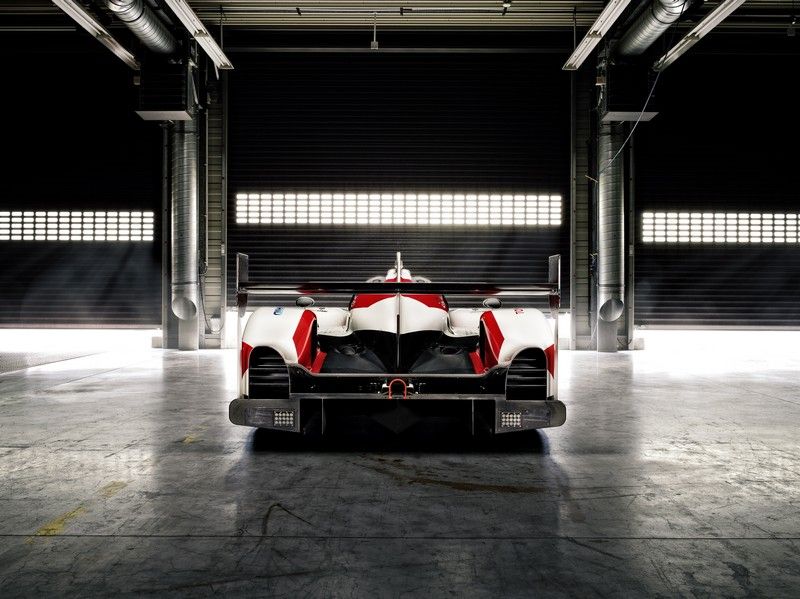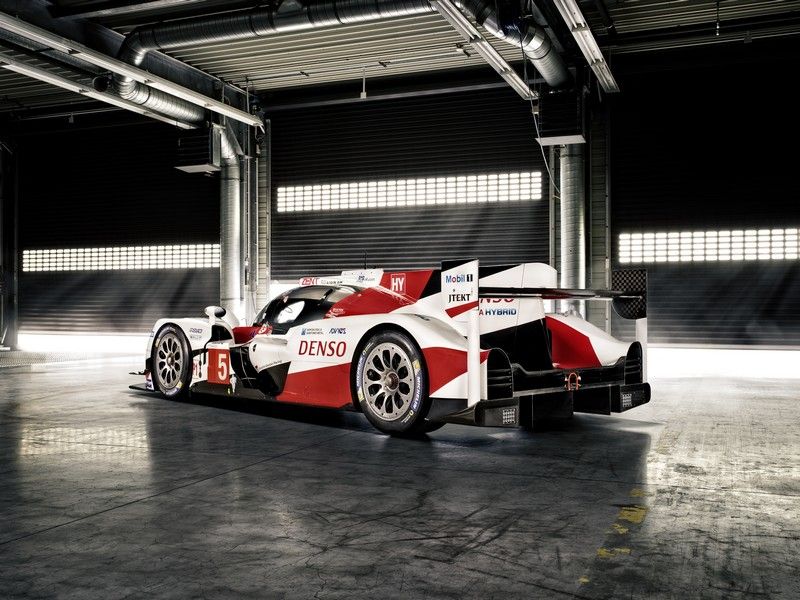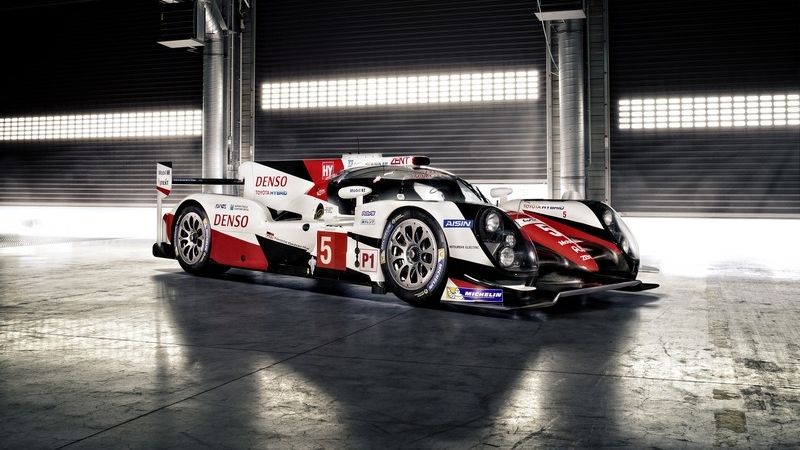It’s no secret Toyota->ke88 has been struggling with is TS Hybrid racer. The TS030 failed to finish in 2012, and in 2013, it only came in second. For 2014, a narrower car was required per FIA regulations, and during development, Toyota added a new Aisin electric motor and AWD to its new TS040 Hybrid. Toyota Racing finished first in 2014, but that was short lived, with 2015 being a disappointment.
This year, Toyota went back to the drawing board and came up with a new hybrid->ke147 racer called the TS050 Hybrid (big surprise there, right?). The name isn’t exactly original, but Toyota’s LMP1 racer did take on some significant changes. Debuting at the Pail Ricard circuit in France, the racer features a new powertrain concept,->ke169 as well as a new energy storage system, a redesigned chassis, and some minor changes outside.
Toshio Sato, the Team President of Toyota Gazoo Racing, said, "Our clear target this year is to compete again at the front, after a very disappointing 2015 season. In Higashi-Fuji and Cologne, there has been a huge effort to prepare for this season; everyone is highly motivated and pushing together to get back onto the centre of the podium.”
So far, the TS050 Hybrid has covered nearly 14,000 miles in testing, with another test taking place right now at the Pail Ricard Circuit. Its first official race will be at the 6 hours of Silverstone on April 17th, when the World Endurance Championship kicks off. So, now that we’ve covered a little bit about the TS050, let’s look deeper into what the engineers did to give Toyota the upper hand in this year’s season.
Continue reading to learn more about the Toyota TS050 Hybrid LMP1.
2016 Toyota TS050 Hybrid LMP1
- Make: Array
- Model: 2016 Toyota TS050 Hybrid LMP1
- Engine/Motor: V6
- [do not use] Vehicle Model: Array
Exterior
Aside from the significantly different red, white, and black livery, there really isn’t a whole lot of change you can spot with an untrained eye. For the most part, the car looks the same, as it must comply with specific regulations. In front, the nose has been refined, and the body panels on each side of the nose are now a bit taller. The front spoiler looks the same, but the headlights are completely different. On the TS040, the headlight assemblies were almost kidney-bean shaped, with the lower lights sitting just a little farther inward than the upper lights. On the TS050, these headlight assemblies are now much larger, covering almost the entire front portion of the fenders.
From the side, we see a similar body design, but there are some changes. Most notably, the car looks a little shorter than the TS040, and the cockpit may sit a little farther back than before. There's less space between the intake wing and the rear vertical wing. Most importantly, however, the side shows the biggest change in the aerodynamics department. You can't tell from the front, but the headlights and the front fenders are more slanted in the front. On the TS040, the headlights on the front fender sat almost perfectly upright. Looking at the side of the TS050, we can see the front of the fenders and the headlights now have a significant grade to them, probably somewhere around 20 percent.
Interior
Per usual, we don’t get to see what the interior looks like. Naturally, the cabin will feature the standard racing appointments found in all other LMP1 racecars. There will be a racing steering wheel that features a number of controls, as well as a display screen that provides important information. Except to see a single seat with a racing harness and an onboard fire extinguisher. Until we get to see an image of the interior, however, we don’t know the exact layout. If information becomes available, we will be sure to update you accordingly.
Drivetrain
Since the TS050 has a new drivetrain concept, it's the most interesting part of the car. We don’t have a lot of information at the moment, but we do have some. The TS050 is powered by a 2.4-liter, gasoline-fueled V-6 that's combined with an 8-megajoule hybrid system. The engine and hybrid system were developed by Motorsport Unit Development Division at the Higashi-Fuji Technical Center.
There's a motor on the front axle, and another on the rear. Just like before, energy is recovered during braking, but on the TS050, it's stored in a high-capacity lithium-ion battery as opposed to the super capacitor used previously. As you can guess, the new hybrid system and battery storage means Toyota has jumped up to the 8MJ hybrid racing class. Unfortunately, Toyota has yet to release powertrain output or overall performance numbers, but we’re hoping to get the full scoop soon.
Competition
Audi R18
The R18 is Audi’s resident racer, and for 2016, it's jumping up to the 6MJ racing class, which means it sports a new hybrid system, as well as some significant aerodynamic alterations and a TDI powerplant. As far as the drivetrain goes, the car now uses a redesigned motor generator unit, and the flywheel energy storage system was swapped out in favor of a lithium-ion accumulator. How will the Audi R18 compete against Toyota’s new TS050 Hybrid? Well, we’ll just have to wait and see the results this year.
Read our full review on the Audi R18 here.
Porsche 919
It wouldn’t be fair if we didn’t list the Porsche 919 as a competitor to the TS050. In fact, it may be the strongest competitor, considering it won the World Endurance Championship and the 24 hours of Le Mans in 2015. The 919 uses the same engine, transmission, and chassis from last year, but the engine has been upgraded to produce 500 horsepower. The electric motors offer up 400 ponies, bringing the total output up to 900 horses total. Due to FIA regulations, the 919 must use eight percent less power than last year, but it should still be more than enough to give the TS050 some strong competition.
Read our full review on the Porsche 919 here.
Conclusion
It comes as no surprise that Toyota is bringing some significant updates to its LMP1 racer. It did great in 2014, but with 2015 being less than spectacular, some serious changes were needed to keep Toyota in the game. If it weren't for the changes brought with the TS050, Toyota probably wouldn’t stand a chance in the WEC this season. Hopefully, the changes it brings to the table are enough, because competitors like Audi are looking to take that top podium spot. Plus, there's no doubt Porsche is looking to claim its second overall win in a row this year. Needless to say, the competition is going to be stiff, and Toyota will need everything it has, and maybe even a little luck if it wants to come out on top.

